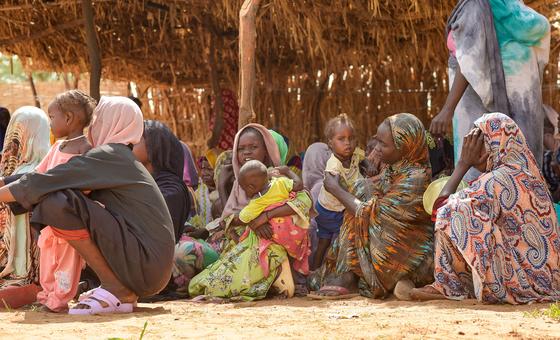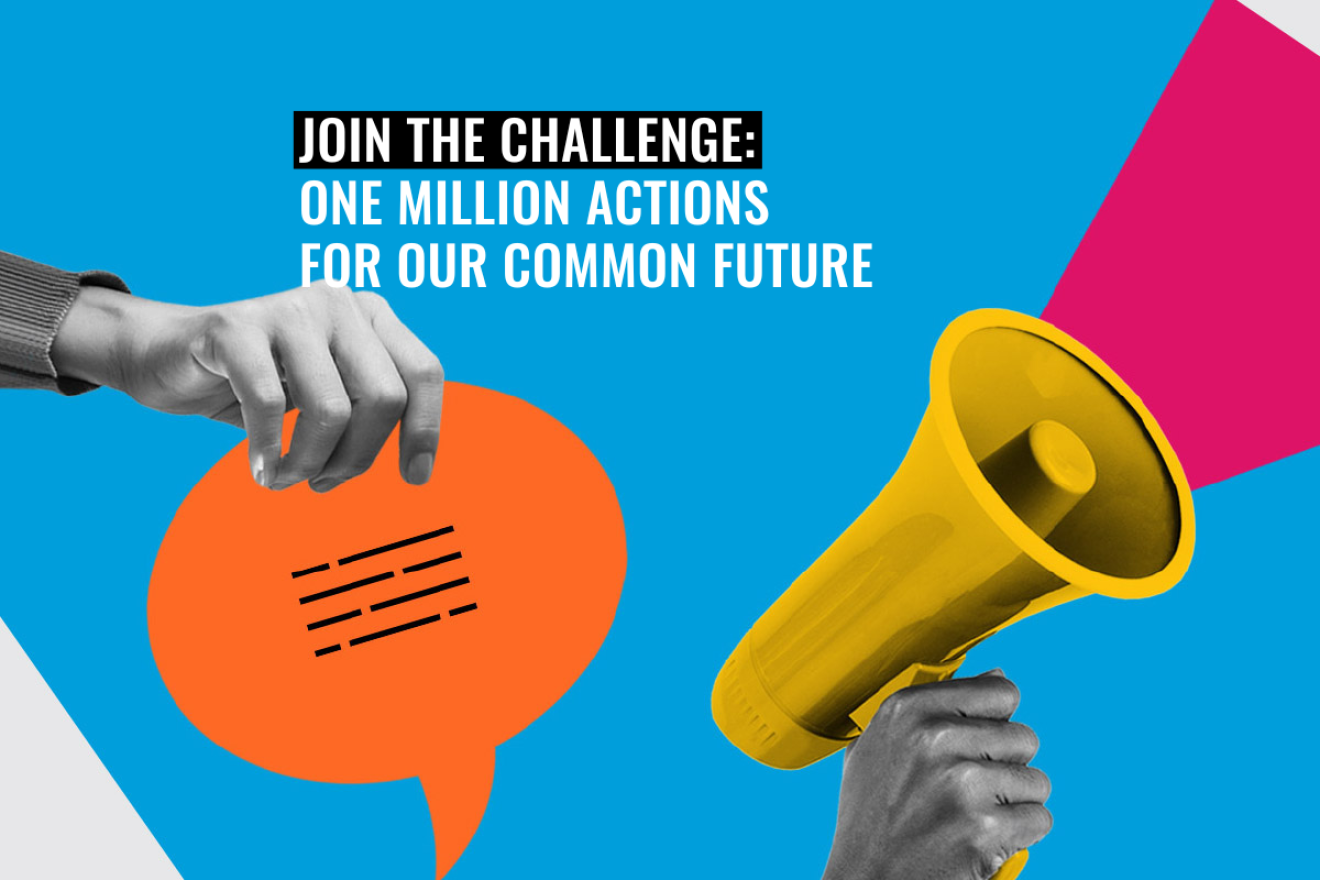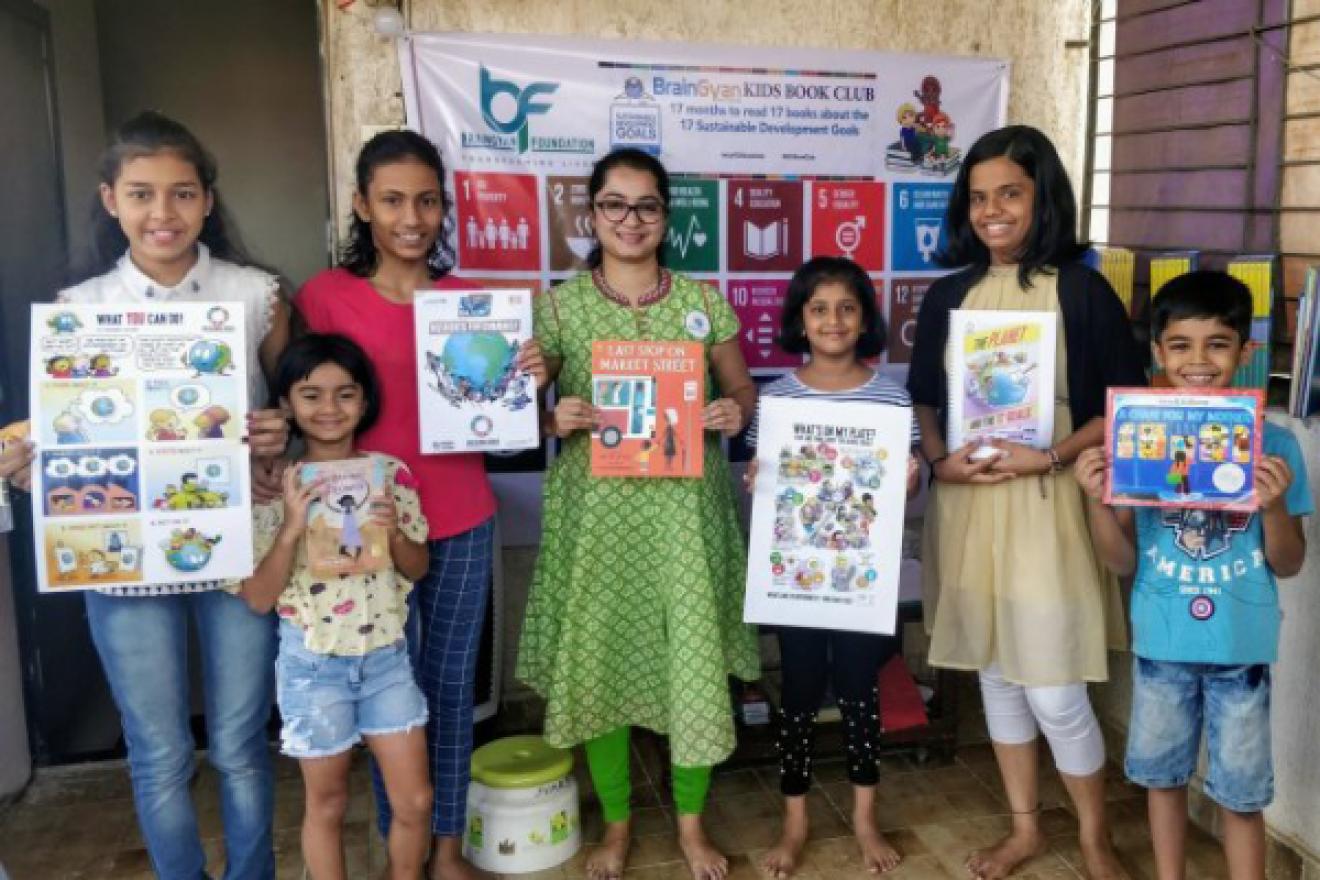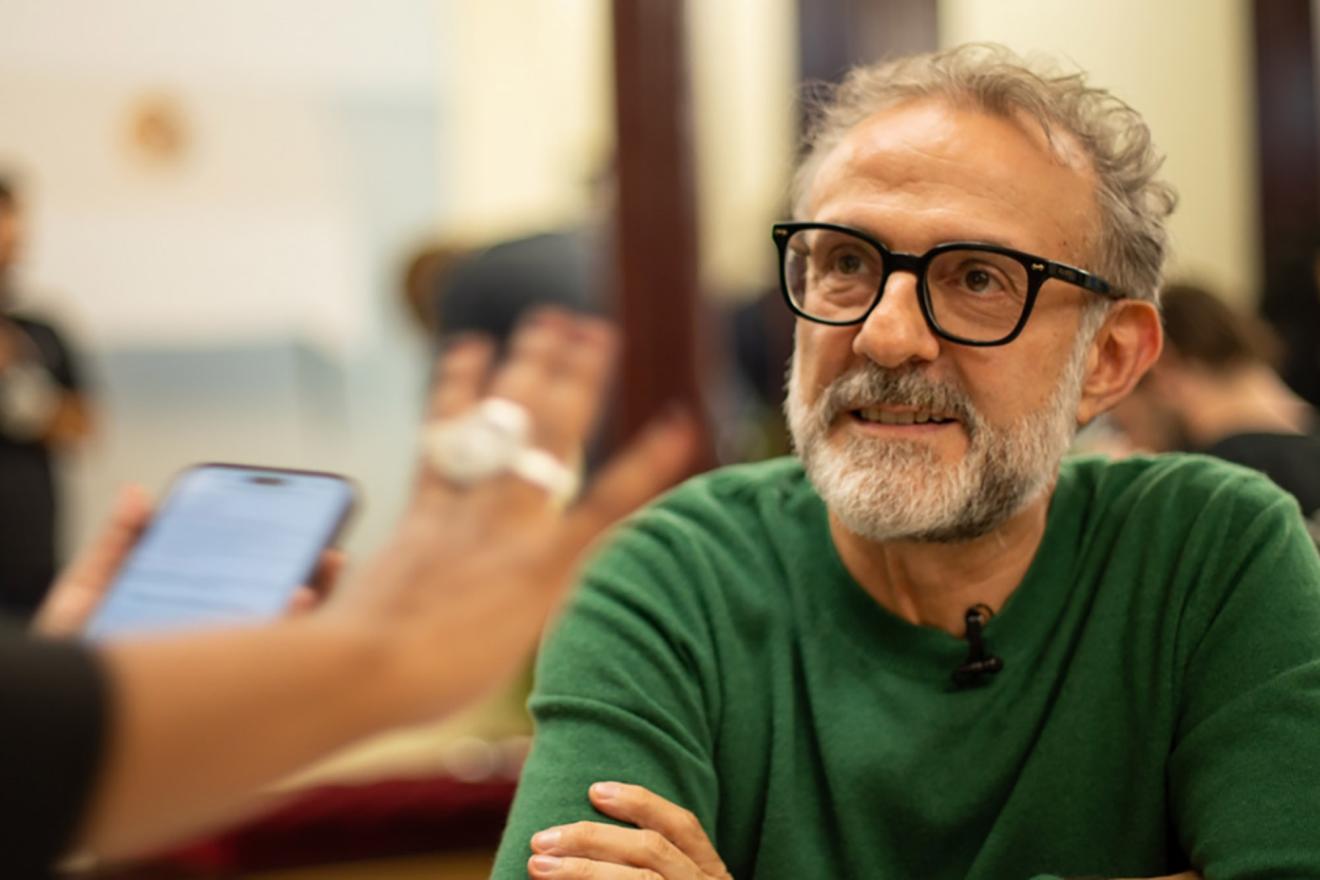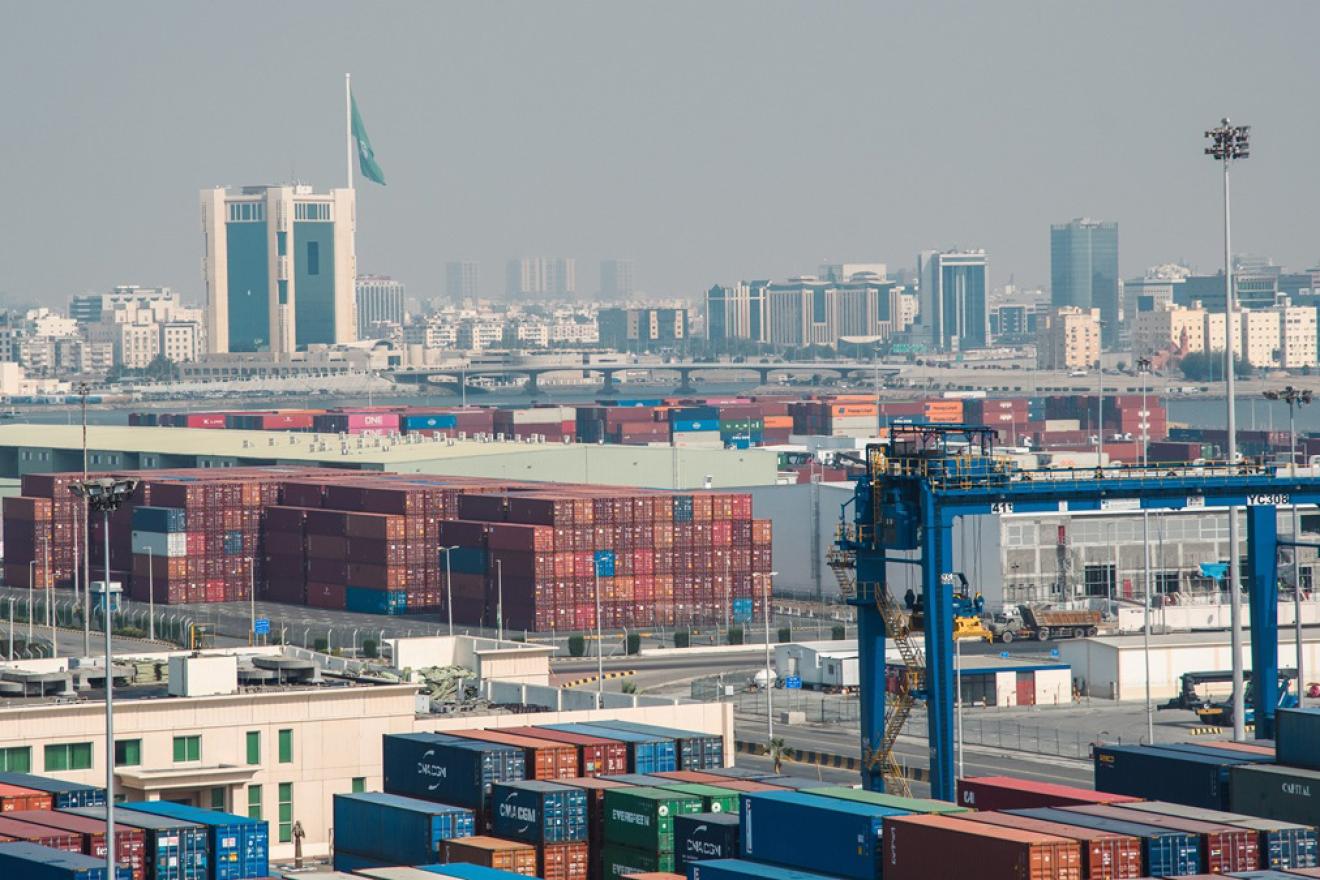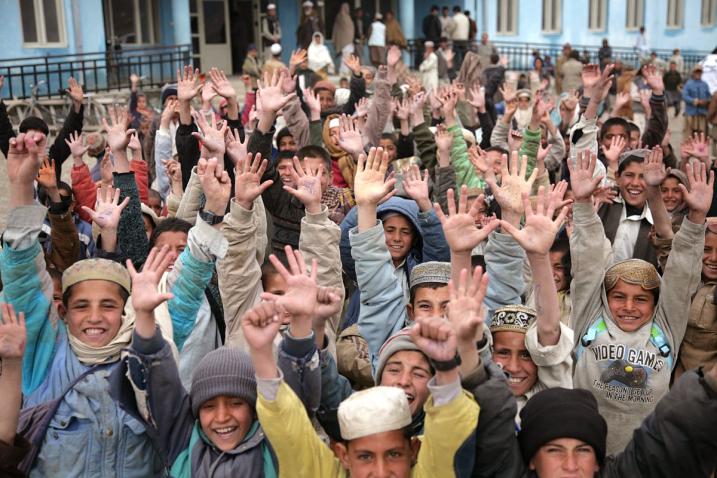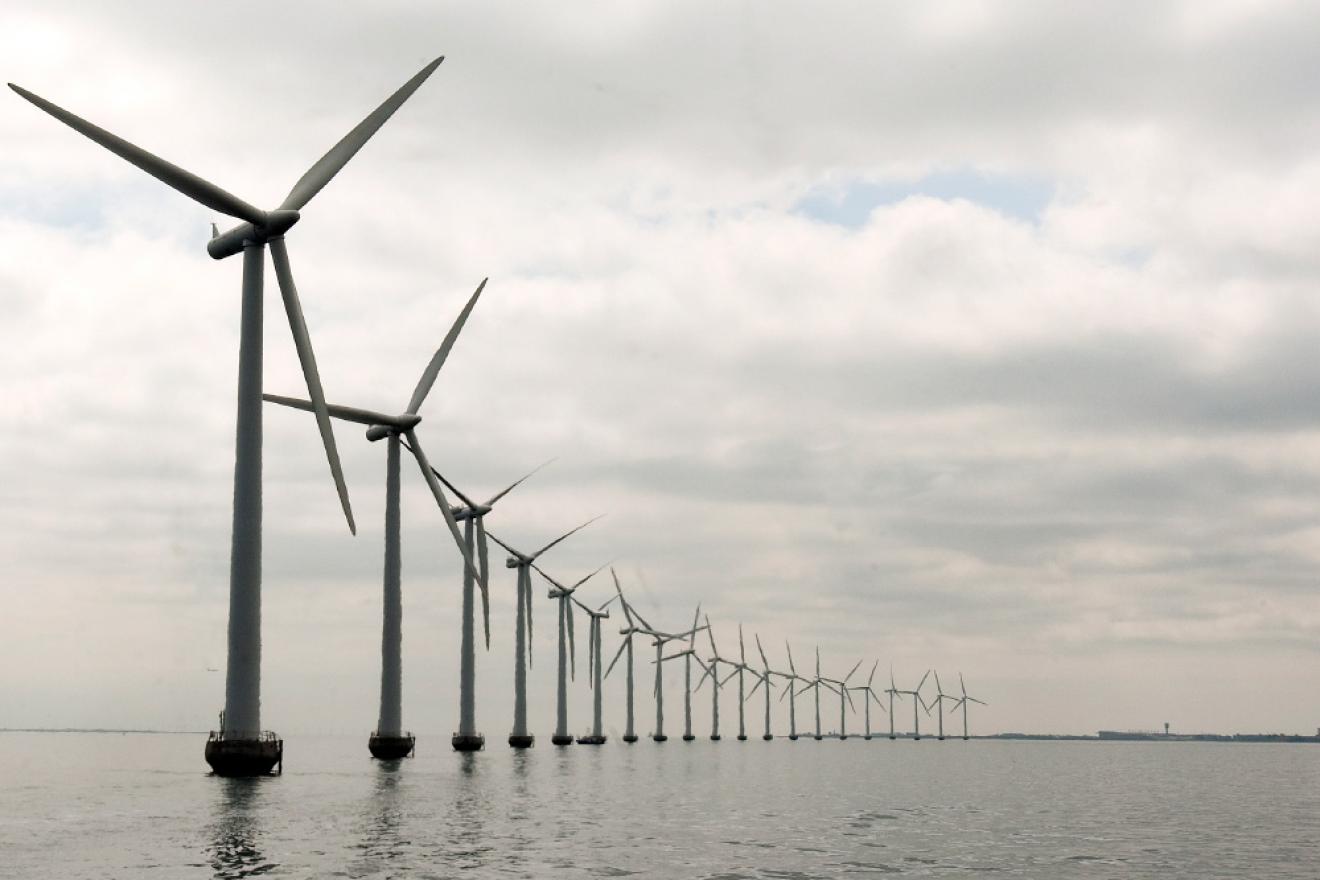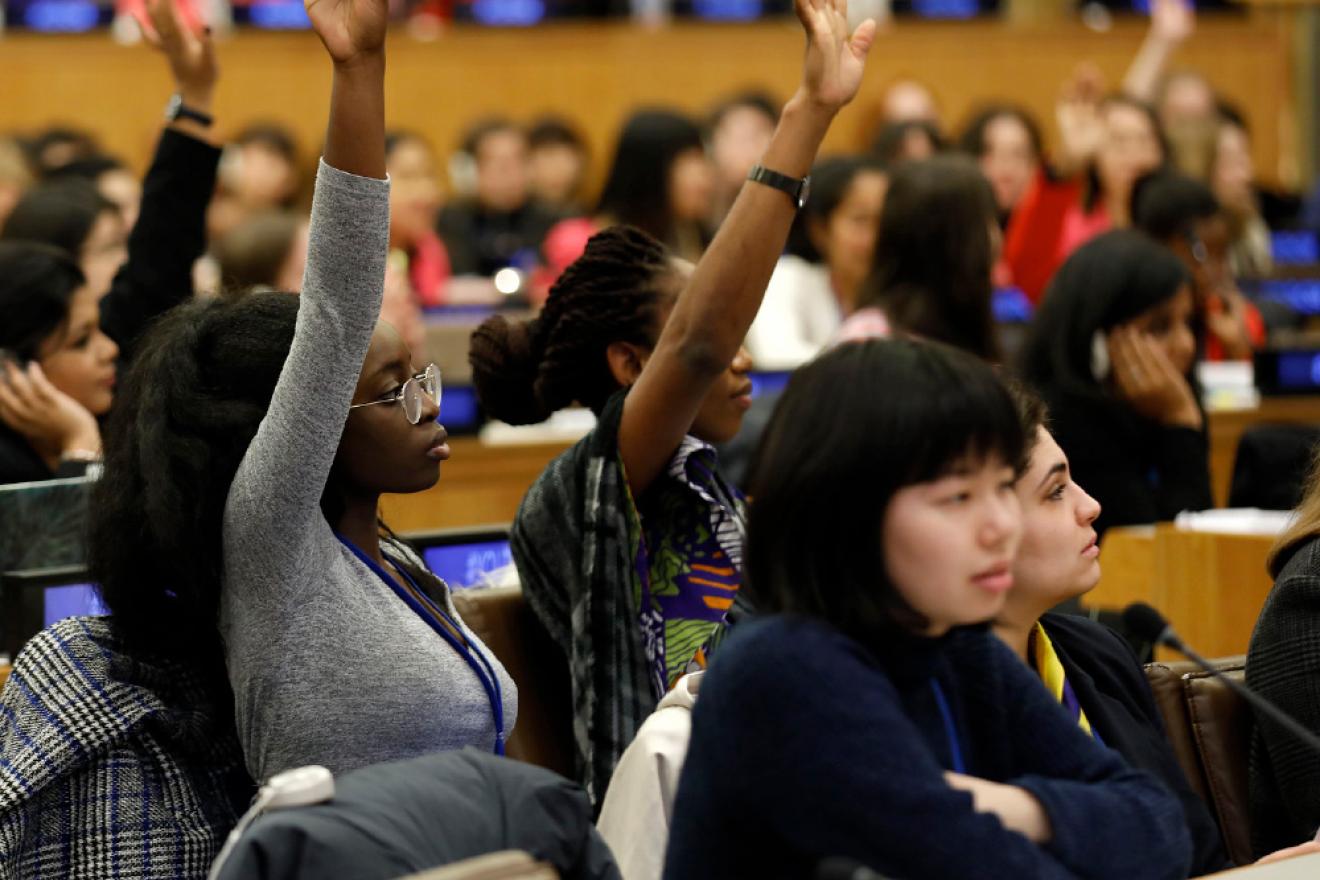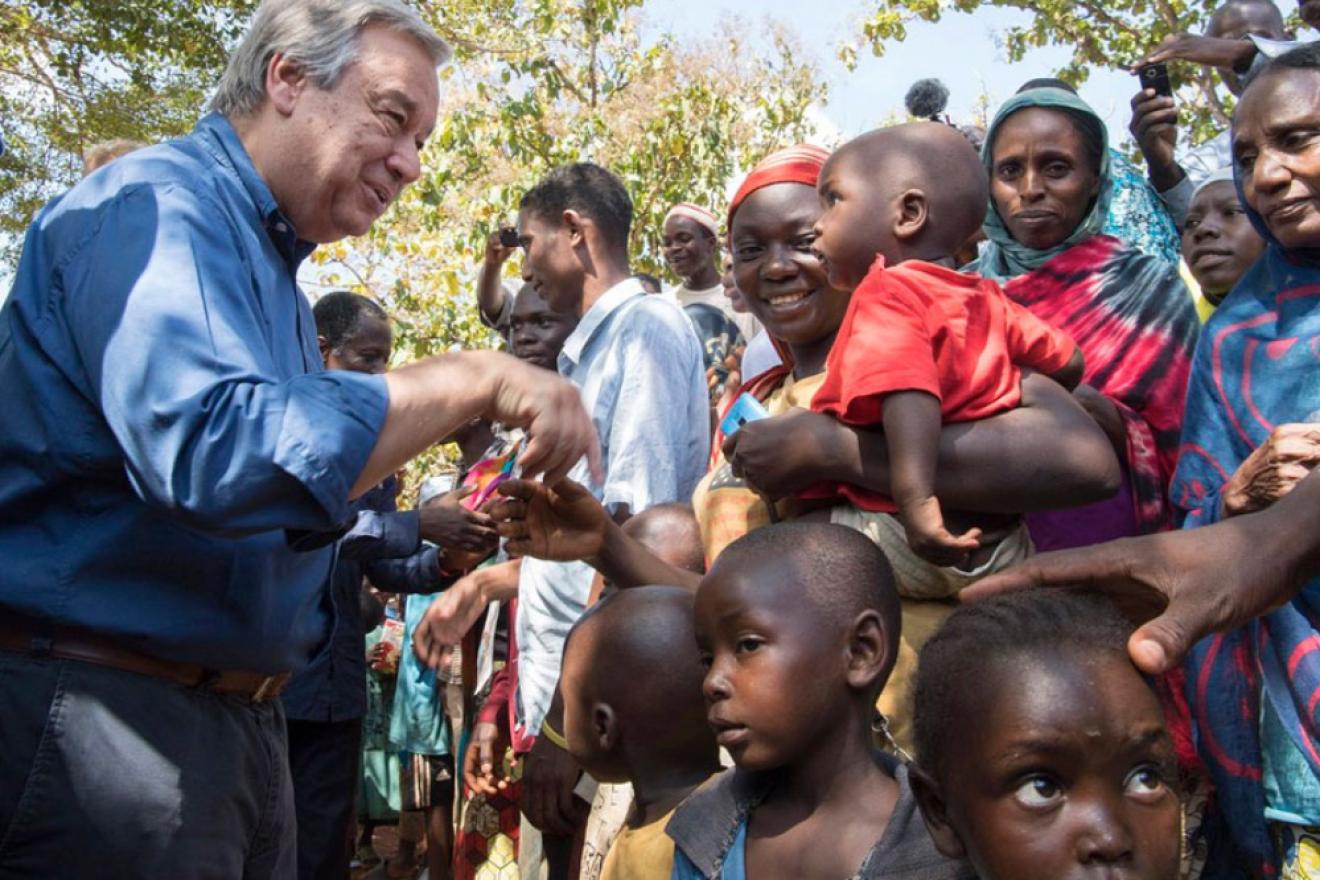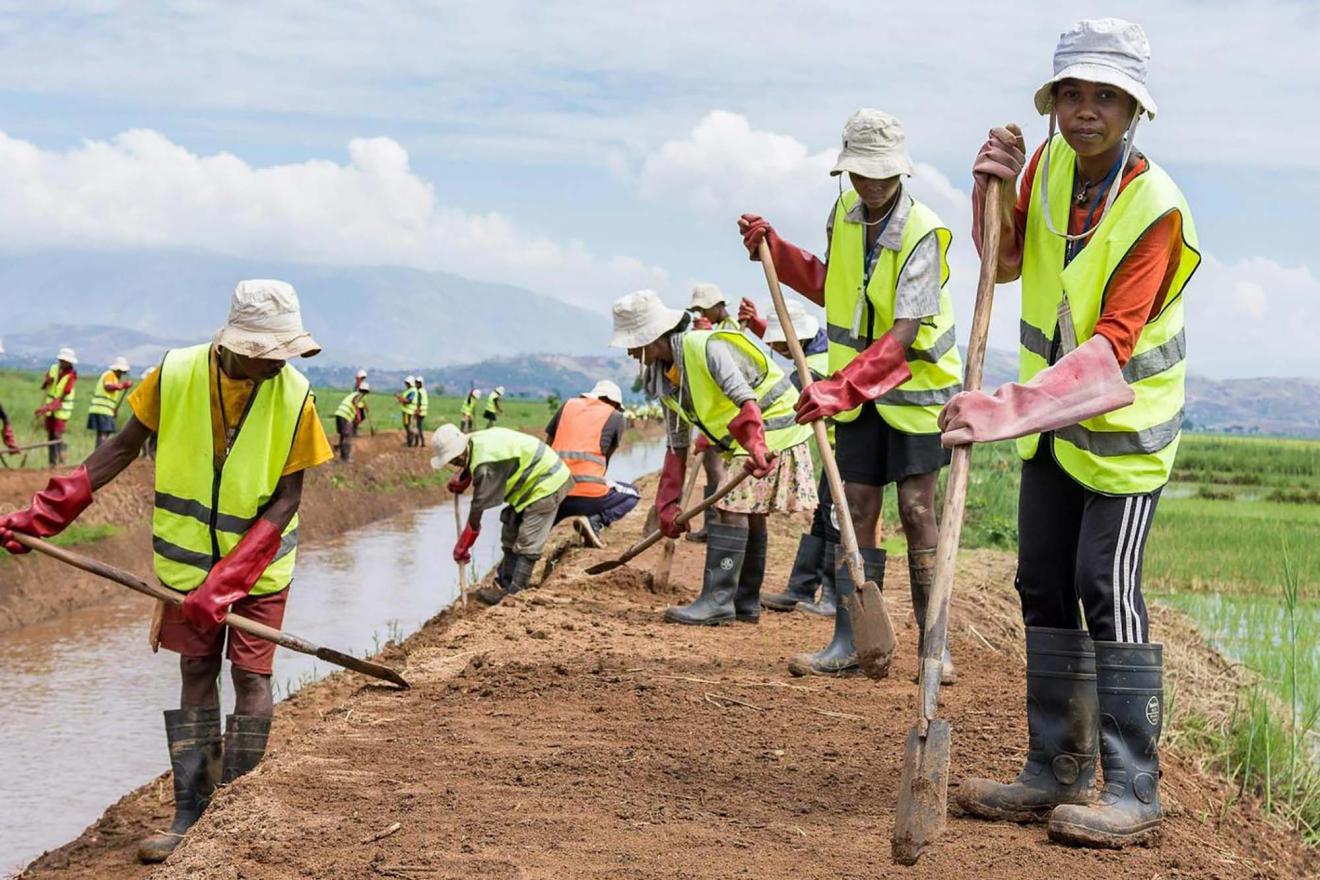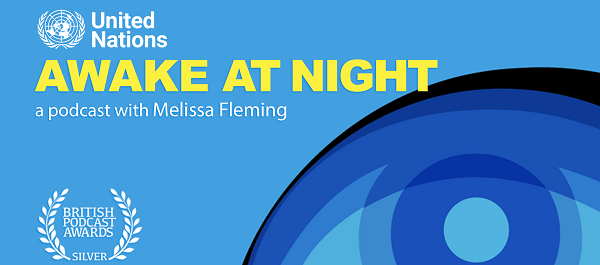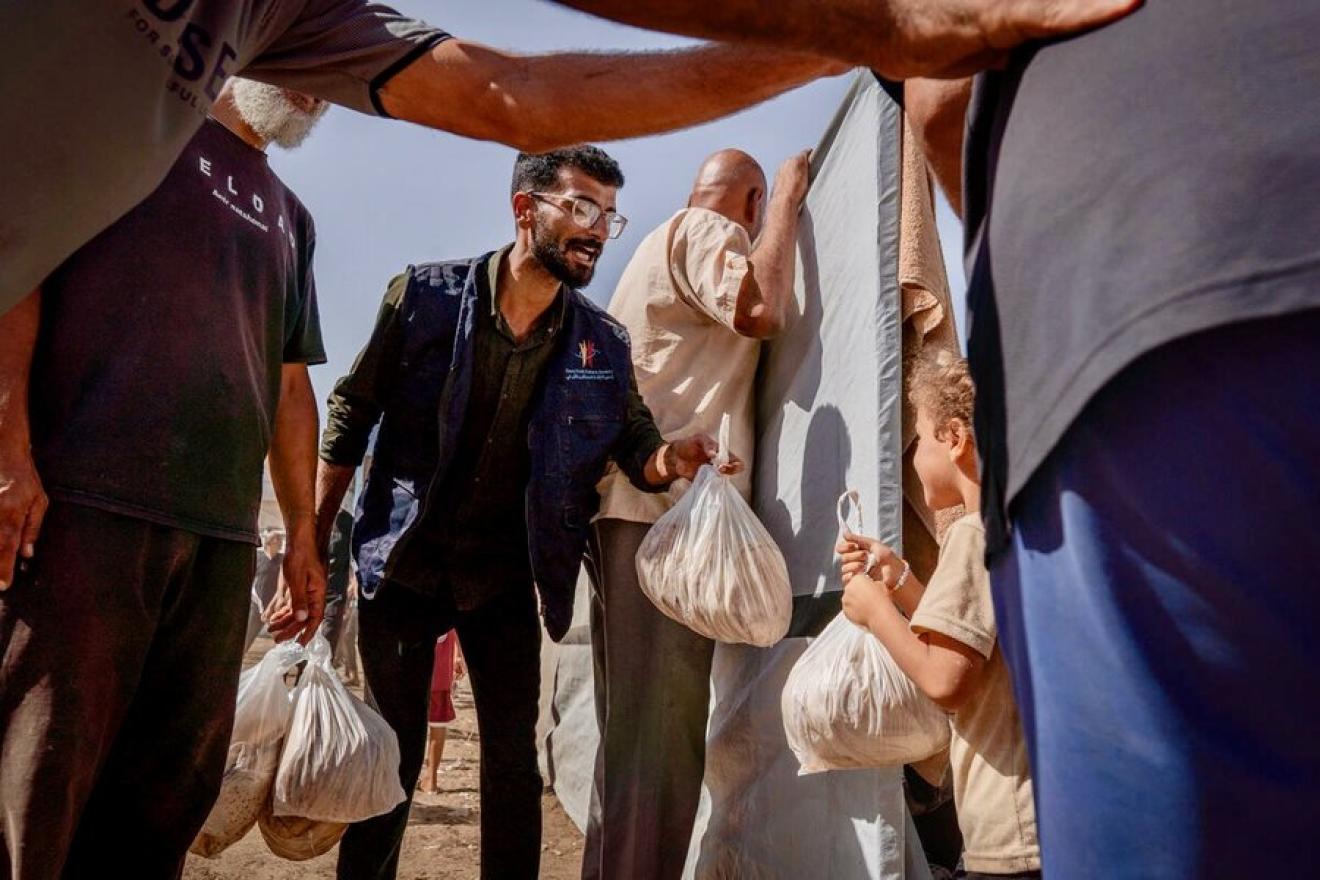The Goals can improve life for all of us. Cleaner air. Safer cities. Equality. Better jobs. These issues matter to everyone. But progress is too slow. We have to act, urgently, to accelerate changes that add up to better lives on a healthier planet. Find new inspiring actions on the app and at un.org/actnow.
How to manage the rising risk of biological threats?
COVID-19 showed how devastating pathogens can be, even in peacetime. Yet their impact is far greater when weaponized. With rapid technological advances increasing the risk of accidental or deliberate misuse, there is no margin for error and no time to waste. The Global Conference on Biological Threat Reduction (Geneva, 28-30 October) brings together top minds in health-security, emerging technologies, and biothreat policy, to explore new strategies, challenges and innovations in combating biological threats to our interconnected ecosystems.



